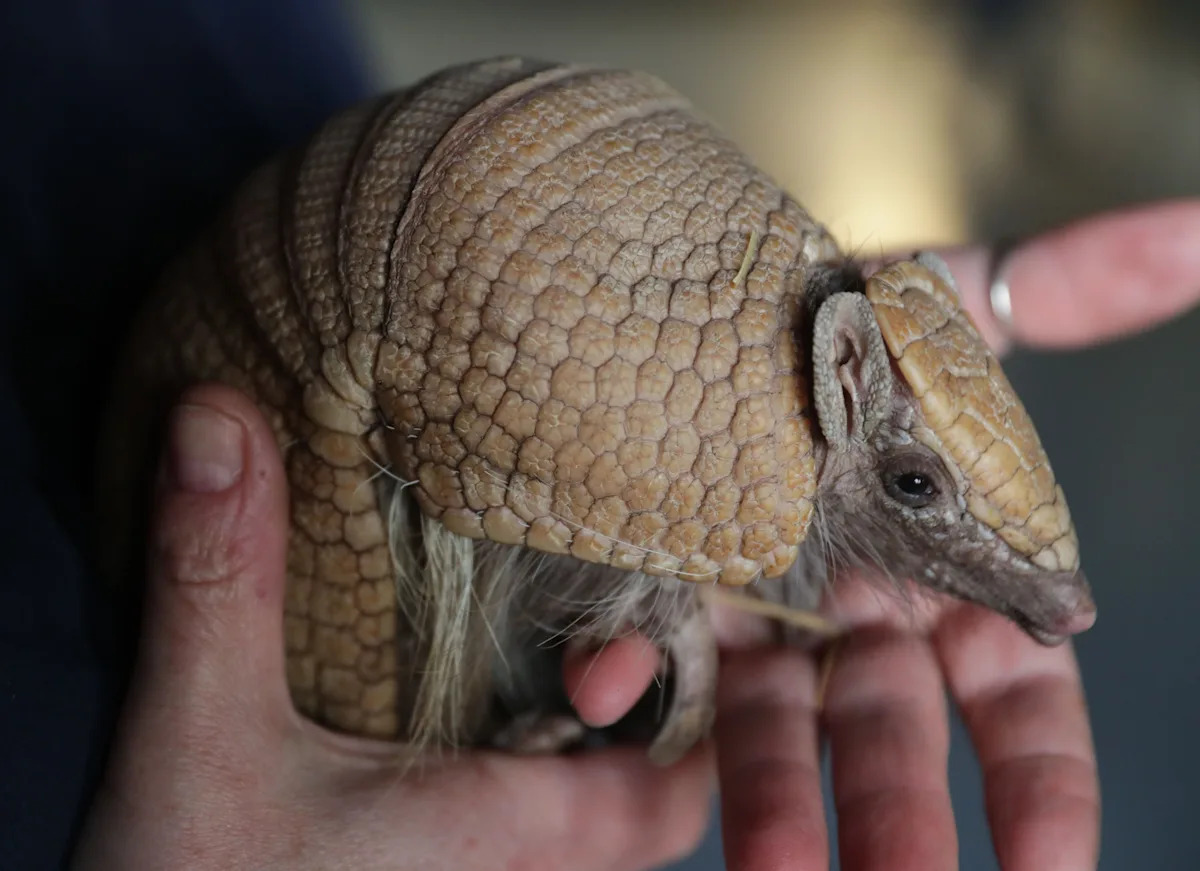Home / Environment / Armadillo Invasion Threatens Indiana's Ecosystems
Armadillo Invasion Threatens Indiana's Ecosystems
15 Oct
Summary
- Armadillo population growing in Indiana due to climate change
- Armadillos can damage crops, landscaping, and infrastructure
- Armadillos pose threat to native species like salamanders and ground-nesting birds

As of October 15, 2025, the nine-banded armadillo population in Indiana has been steadily increasing, with hundreds of confirmed sightings reported to the Indiana Department of Natural Resources in recent years. This invasive species, native to South America, has been slowly making its way northward since the mid-1800s, and Indiana's warming climate has now become favorable for their survival.
The armadillos' foraging and burrowing behavior can have serious consequences for Indiana's ecosystems, farms, and infrastructure. They are known to dig deep holes in fields, destabilize foundations, and disrupt the habitats of native species like salamanders and ground-nesting birds. Conservationists warn that the armadillos' impact could be as devastating as that of other invasive pests like Asian bush honeysuckle and emerald ash borers.
While hunting is a common method of controlling wild boar populations, armadillos are currently protected in Indiana, making it difficult to manage their spread. The best course of action for now is to report any sightings to the state's Department of Natural Resources, which will help conservationists track the armadillos' movements and take steps to mitigate their impact on the local environment.




